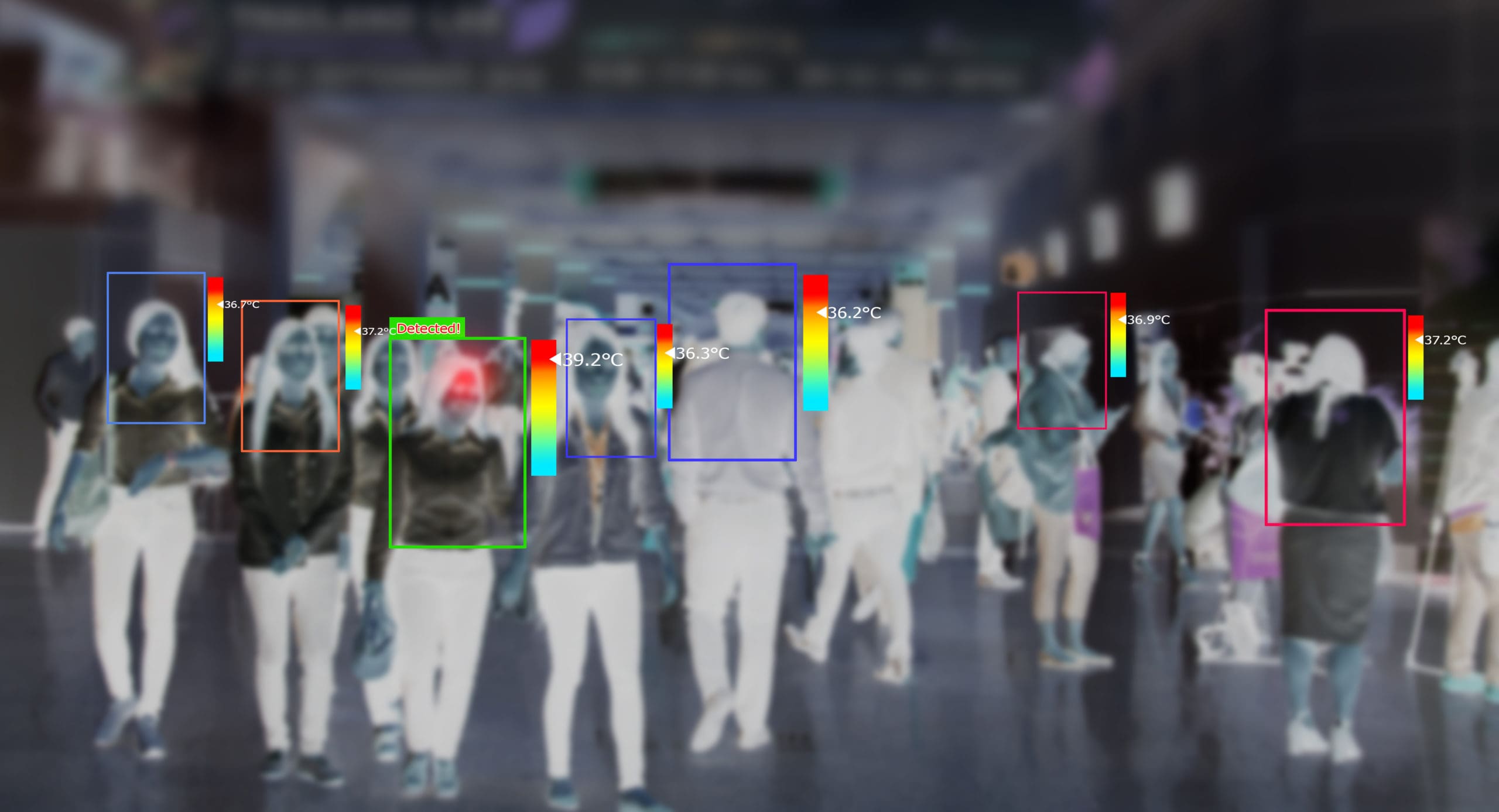Temperature screening has been a hot topic during the pandemic, but these solutions have caused a lot of confusion for campuses. Body temperature scanners started popping up left and right, and even experienced technology professionals found themselves wondering which ones were dependable enough for critical, safety-related use.
Investment in thermal imaging saw a huge uptick in the corporate sector as organizations struggled to balance a safe, restricted workplace with the pressures of staying competitive and, in many cases, even staying in the black.
But where will the technology be used in 2021 and in years to come? What should organizations do with this equipment now that they’ve invested in thermal imaging?
Uses for Temperature Scanners in the Next Few Months
Obviously, we’re not out of the woods with COVID-19, so these investments are still “worth it” for any workplace that requires some employees to be in-office or in any workplace where individuals must congregate.
These solutions are still useful to organizations who have not purchased them but who anticipate a partial return-to-office in the coming months.
“We’re still deploying systems and finding more and more companies want to integrate them,” says Bill Parrish, co-founder of thermal imaging company Seek Thermal.
“There is a real and definitely psychological barrier where people simply will not step in front of a fever detection device if they’ve been feeling ill whatsoever,” he says.
The technology and sensors are also being integrated into existing systems of enterprise-type companies who have access to control the equipment.
Changing the Culture of Workplaces Regarding Health
Above all, Parrish says he thinks that temperature scanning solutions will be used as general office health monitors even after COVID-19 is defeated.
“It becomes a go-to resource for health services in a building, for example during flu season or when a cold is being passed around,” he says.
The idea is that people who are feeling under the weather may not risk coming into work only for a high temperature alert to be made by the temperature screening solutions.
“Those who know they feel ill will end up keeping the office healthier by staying home instead of facing a scanner, which could bring potential improvements to company policies and culture, stressing an ‘If you’re sick, stay home!’ mentality.”
Future Uses for Thermal Imaging
Thermal imaging will almost certainly become an integral part in the continued growth of smart buildings, adds Parrish.
“The technology helps to reduce the amount of energy being used in buildings,” he says. “This could include conference rooms that have a thermal imaging device that gives it the ability to view the number of people in a room and adjust the AC/heat accordingly to save energy.”
Thermal imaging will also help to detect and alert staff in real time if there are any issues with a smoke or fire.
Plus, it supports security alarm applications to send alerts if someone is detected when no one should be in a room/building.
Similarly, temperature screening solutions play a potential role in cell phone usage.
As mobile handheld devices continue to evolve, thermal imaging technology will be built into smart phones, making the technology as standard and as accessible as GPS technology.
“The cell phone is the jack knife of all technologies; there are situations in workplaces where you want to measure the temperature of a technology closet or rack without needing to call in an integrator or pay for a temperature monitoring service,” Parrish says.
In just a few years, thermal imaging is going to become part of the automotive driving experience, Parrish says.
This includes security and identification around the vehicle, helping to provide comfort and safety inside the cabin, and also in autonomously driven vehicles where thermal imaging is the only protection system that can tell the difference between a fire hydrant and a person based on their heat signature and knowing the temperature is essential for safety.
“We’re trying to put automobiles on the road with automated braking systems, and thermal imaging does provide safety for those systems, helping them to differentiate between living and static roadblocks.”
This article originally appeared in CS sister publication MyTechDecisions.com and has been edited. Adam Forziati is a web editor with TD.







